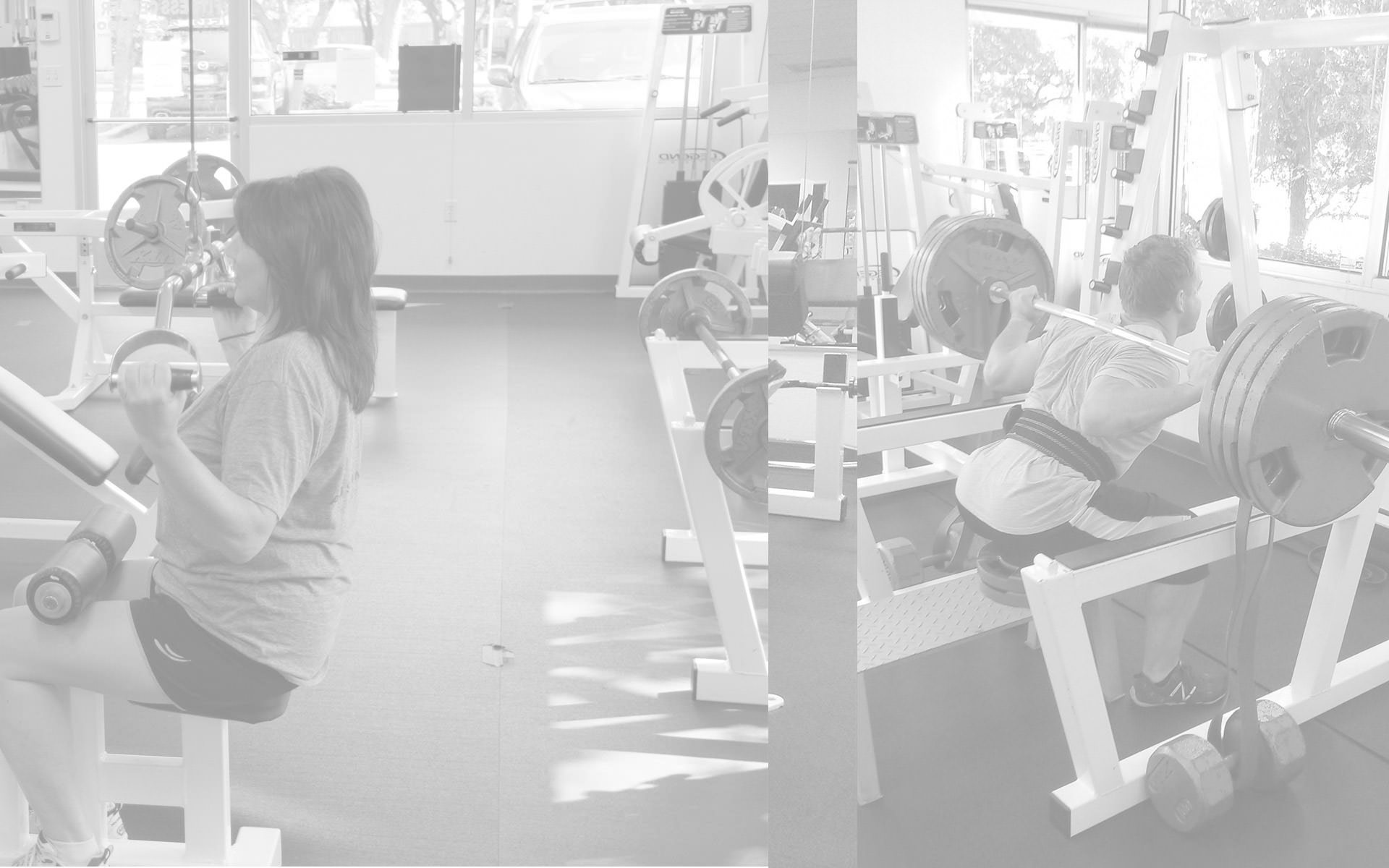What is Frozen Shoulder Syndrome?
As an Austin personal trainer for over 20 years, I’ve worked with many conditions ranging from simple orthopedics, to gastrointestinal issues such as IBS, Crohns, and so on. I also have worked extensively with lesser prevalent conditions such as Ankylosing Spondylitis, which most people outside of the field have never even heard of. One condition I see a lot of that is on most people’s radar, but frequently misunderstood, is frozen shoulder syndrome.
Frozen shoulder syndrome implies a completely frozen, or locked up shoulder joint, but that is misleading. While it certainly can be in advanced cases, it can also be diagnosed for impingement, painful lack of motion, and stiffness throughout the shoulder joint.
Frozen shoulder syndrome, also known as adhesive capsulitis, can be caused by anything from a previous sports type injury, overuse, or even as the result of a stroke. In fact, virtually any injury or imbalance can lead to frozen shoulder syndrome if left untreated since the muscle and connective tissue in the shoulder joint stiffens as a result of whatever is ailing it, scar tissue forms and movement becomes not only painful, but limited as well.
How to Treat Frozen Shoulder Syndrome
The treatment of frozen shoulder syndrome naturally will vary depending upon the cause, as well as the severity of the condition. More often than not, the patient is given some anti inflammatory medication to begin with. This is coupled with the gentle stretches throughout the planes of motion, as well as with heat to the affected area to induce a lengthening of the muscles and connective tissues. If this proves unsuccessful, there are 2 surgical options available. One is a process wherein the patient is put under anesthesia and forcefully stretched throughout the full ranges of motion so as to break up scar tissue formations, and loosen up the overly stiff muscles. The second surgical procedure associated with frozen shoulder syndrome is an arthroscopic procedure wherein the surgeon will go in and cut the binding and overly tight tissues, as well as the scar tissues. In some instances, both procedures are done simultaneously.
The prevention of frozen shoulder syndrome is the best option, of course. Obviously, if it’s caused by a stroke, or diabetes, that’s easier said than done. In a lot of cases, however, frozen shoulder syndrome can be prevented by employing a regular stretching as well as an exercise regimen. Keeping loose and keeping active in instances when a medical event hasn’t caused the condition, will be sufficient to keep frozen shoulder syndrome at bay. If you have no idea where to start, hire a qualified personal trainer and/or see a qualified and experienced body worker. Their guidance and professional help can keep you stay loose and moving for years to come.
Ready to Get Started?

Andy

Latest posts by Andy (see all)
- Workout Motivation: How To Get Motivated To Work Out - March 9, 2022
- Body Fat Types: Subcutaneous and Visceral Fats - June 1, 2019
- Why Diets Work If You Stick With Them - April 1, 2019






